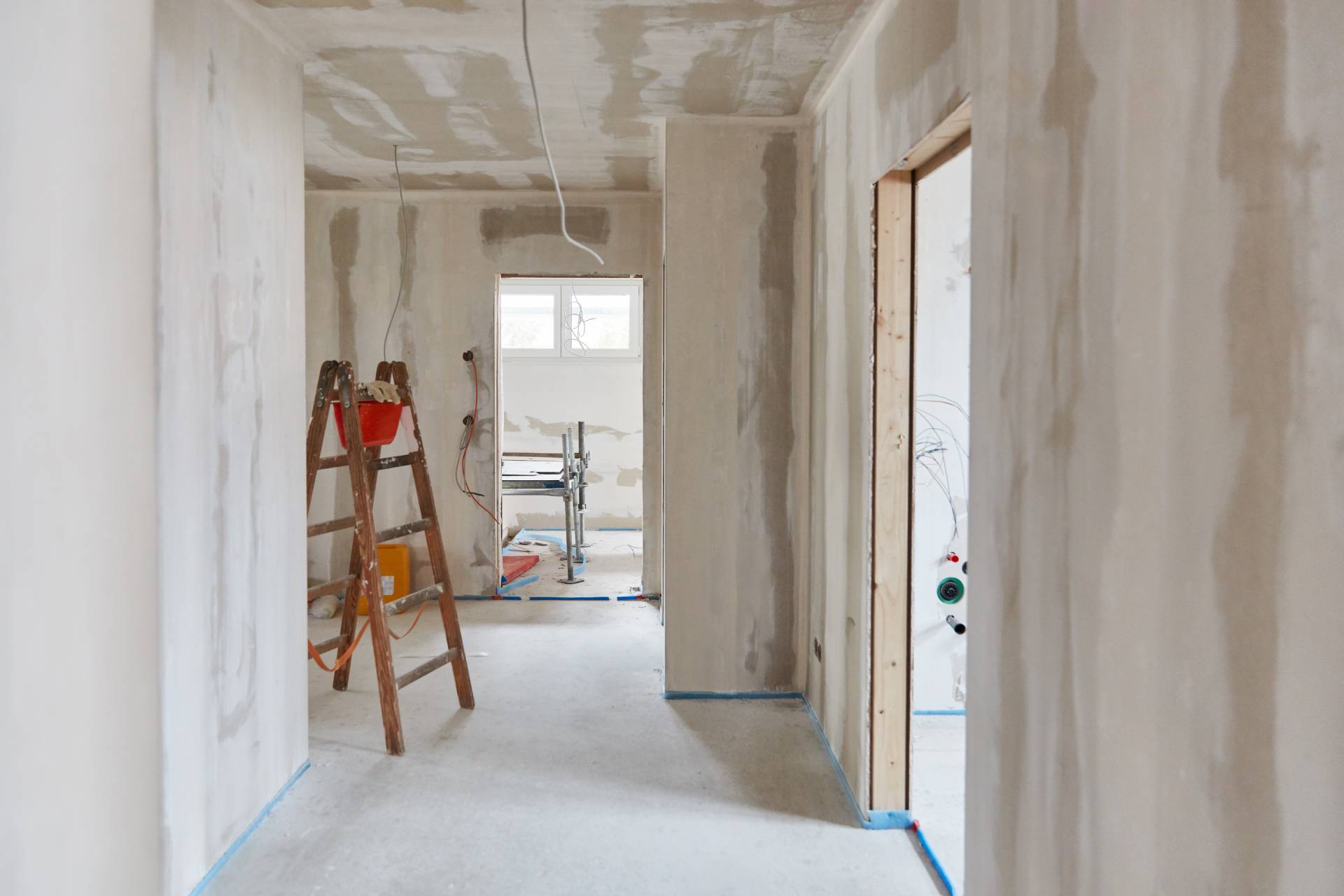
Budget-friendly pools for Kiwi backyards: Spa pools vs plunge pools
If you’re looking to enjoy a small outdoor pool without breaking the bank, or digging into your garden; spa pools, swim spas and plunge pools are popular choices. Each offers different benefits, costs and maintenance requirements. Knowing the differences and seeing what’s available locally can help you make the right decision for your space and budget.
Spa pools and swim spas
While spa pools are designed for soaking and relaxation, swim spas are larger, combining a small pool with a built-in current for swimming in place. At the higher end of the market, the Endless Swim Spa is 3.7 metres wide by 6.1 metres long and the adjustable current creates high level of resistance to keep you swimming on the spot.
As spas and swim spas are above-ground pools, the installation is easier and more cost effective than in-ground pools. Larger swim spas have all the benefits of a small heated pool with the added bonus of jet powered bubbles and are often fitted with lighting.
Spa costs and options
If you just want to dip your toes into spa pool ownership then small portable, inflatable models cost as little as $1,000. Standard spa pools range from $5,000 to $15,000 in New Zealand but some more premium models are priced around $40,000. Swim spas are available from $20,000 to $95,000 depending on length, jet system and heating.
Plunge pools
These small, deep pools are ideal for cooling off, light exercise, or relaxation. They can be installed above-ground or in-ground.
Above-ground plunge pools can be more affordable than swim spas. They are available in a variety of small sizes. Plunge pools are perfect for summer dips and can be easily heated with a pool heat pump.
It’s worth noting that some above-ground plunge pools look better with exterior cladding added or decking installed around them which is an added cost consideration. The smallest plunge pool models are around 2.8 metres long by 2 metres but range in size up to 8 metres long and 3.4 metres wide.
Plunge pool costs and options
Some vinyl kitset, above-ground plunge pools cost as little as $500 and are a great way to test the water before you commit to a more permanent option.
Above-ground acrylic plunge pools start from $15,000. Plunge pools are also available in fibreglass and concrete.
If you want to heat your plunge pool then above-ground heat pumps are priced from around $1,000 and in-ground heat pumps are priced from around $3,500.
Chlorine or saltwater?
Using chlorinated water is cheaper upfront than a saltwater pool but regular maintenance is required to ensure the chlorine and PH levels are optimal. It’s worth noting that traditional chlorine spas and pools need to be emptied out and refilled every 3 – 4 months.
Saltwater is a better choice for those with sensitive skin as it is gentler on skin and eyes. Salt water installation comes at a higher cost but chemical costs are lower, making the overall cost balance out over time. The benefits of fewer chemicals, no harsh chlorine odours, simple maintenance and lower water use make saltwater pools an appealing option for many. They only need to be refilled once every 12 months using much less water than a pool filled with chlorinated water.
Regulations for installing a spa or plunge pool in New Zealand
According to the New Zealand Building Code (NZBC), no building permit is required for installing a small spa pool but building consent is required if you’re installing a pool fence and for decks over 1.5 metres high.
You don’t need to register your spa or above-ground plunge pool with the local council if it meets all of the following requirements: if the water surface area is 5m² or less; the pool is at least 760mm high off the ground or surrounding deck; it has no steps and a 1200mm clear zone around it and has a compliant lockable cover with warning signs on two sides.
You don’t need a fence if the pool meets all criteria above. If it doesn’t, as with a plunge pool, then a compliant pool safety barrier is mandatory.
You don’t need a registered builder to build a pool safety barrier. A boundary fence can form part of the safety barrier, but doors and windows leading to the spa area must comply with the New Zealand Building Code regulations.
Pools can’t be installed over council-owned pipelines (e.g., stormwater or sewer lines) or within council easements and no structure foundation can be within a 45-degree zone above these pipes.
Choosing the right option on a budget
- Small backyard, focus on relaxation: A standard spa pool
- Exercise in a limited space: Swim spas that allow laps and workouts
- Budget-conscious, summer cooling: Plunge pools are affordable and functional
- Sensitive skin or minimal chemical use: A saltwater system with either type of pool
Both spa pools and plunge pools offer compact, flexible solutions for small backyards. Spa pools and swim spas focus on relaxation and exercise, often with heated water and hydrotherapy features, while plunge pools if unheated are simpler to run. By choosing the right pool and water system for your space and budget while following regulations around installation you can enjoy a backyard pool without overspending.









